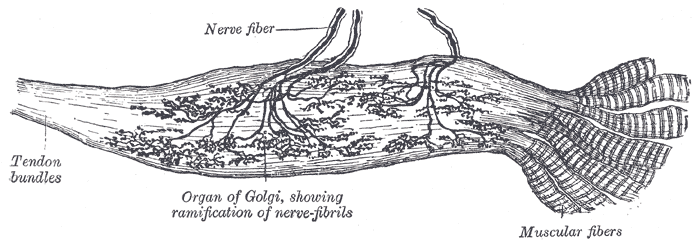Thanks for the tendon paper. I'll see if I can dig up that presentation paper on fascia I mentioned, as well.
Of course understanding the physiology doesn't add anything to the physical ability to "do," but it is kind of neat to know how things work - especially things we're already doing with our bodies.
Chanchu wrote:There seems to have been a lot of research done on the function of tendons in recent years. In the past only the function of attaching muscle to bone was cited.
Tendon storage of energy, transfer of rotary forces, and tendon elasticity were not talked about much- if at all. ww have some MD's PT's other medical professionals and so on- here on the "flower who may not be named."
So what does the current research say about the effects of tendon in force generation? What does it say about tendon training?. Just reading some new medical article abstracts on line since seeing this thread - looks interesting.
Would be a good idea for a article by someone with a medical/physiology back ground. "Effects of tendons in force generation in Tai Chi". Anyone know of such a article of worth?
"The high resilience of tendon means that it can serve as an effective biological spring. "
http://www.springerlink.com/content/u7j3718q734n71h5/
Collagen
Structure and Mechanics
10.1007/978-0-387-73906-9_10
Peter Fratzl
10. Tendons and Ligaments: Structure, Mechanical Behavior and Biological Function
A.A. Biewener
Abstract
The non-linear viscoelasticity of tendons and ligaments, for which much of their mechanical behavior reflects the properties of their collagen I fibrils, is well suited to absorbing and returning energy associated with the transmission of tensile forces across joints of the body. The high resilience of tendon means that it can serve as an effective biological spring. At the same time, the flexibility of tendons and ligaments allows them to accommodate a wide range of joint movement (or, in the case of ligaments, to restrict movement within a certain range). The high strength of tendons and ligaments also provides considerable weight savings, but this is traded off against the ability to control position and movements of the musculoskeletal system. Tendon and ligament compliance allows elastic energy to be stored and returned to offset energy fluctuations of the body’s center of mass during locomotion, conserving muscle work and reducing the metabolic energy cost of locomotor movement. Tendon architecture greatly affects the storage and recovery of elastic strain energy, with long, thin tendons favoring greater strain energy/volume (and weight) of the tendon. It is likely that other elastic elements, such as muscle aponeuroses, also contribute significant energy savings. Tendon compliance may also reduce the cost of muscle contraction, by reducing a muscle’s contractile velocity and length change for a given movement, as well as increasing the power output of muscle–tendon units that is key to rapid acceleration and jumping performance. This power enhancement requires a temporal decoupling of muscle work to stretch the tendon from the subsequent more rapid release of elastic strain energy from the tendon. This decoupling may be achieved by changes in inertia and mechanical advantage in vertebrates, but is facilitated by catch mechanisms in invertebrate jumpers. Although it is critical that tendons and ligaments have sufficient strength and an adequate safety factor to limit the risk of failure, tendons are likely subject to damage during their use, which favors a greater safety factor. In addition, because tendon compliance impedes position control, the thickness of many tendons suggests that having sufficient stiffness, rather than strength, is a key structural requirement. Indeed, the majority of tendons that have been studied to date appear to operate at lower stresses and strains, have larger safety factors, and are stiffer, compared with “high-stress” tendons of animals specialized for elastic energy savings.
Fulltext Preview




